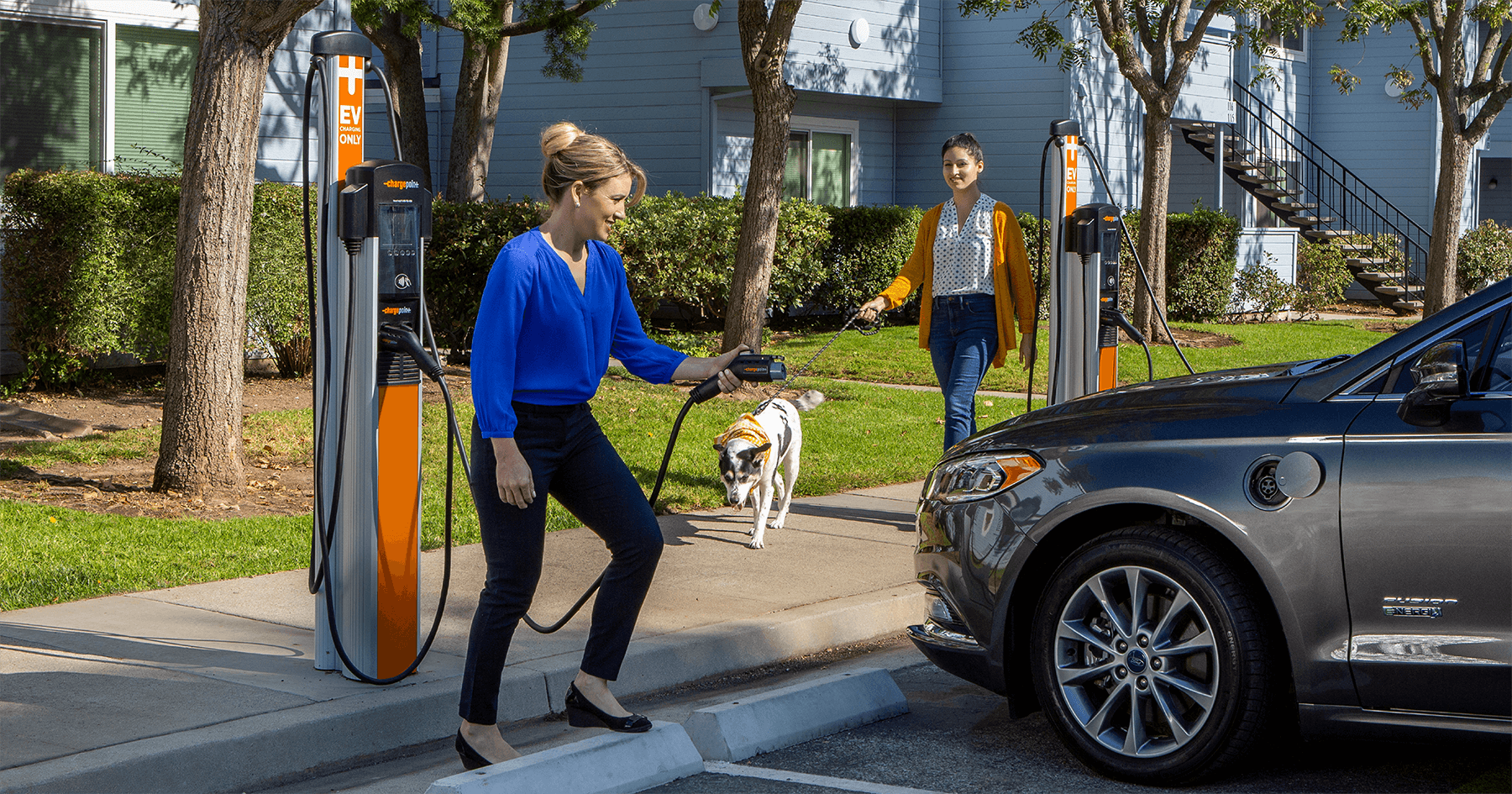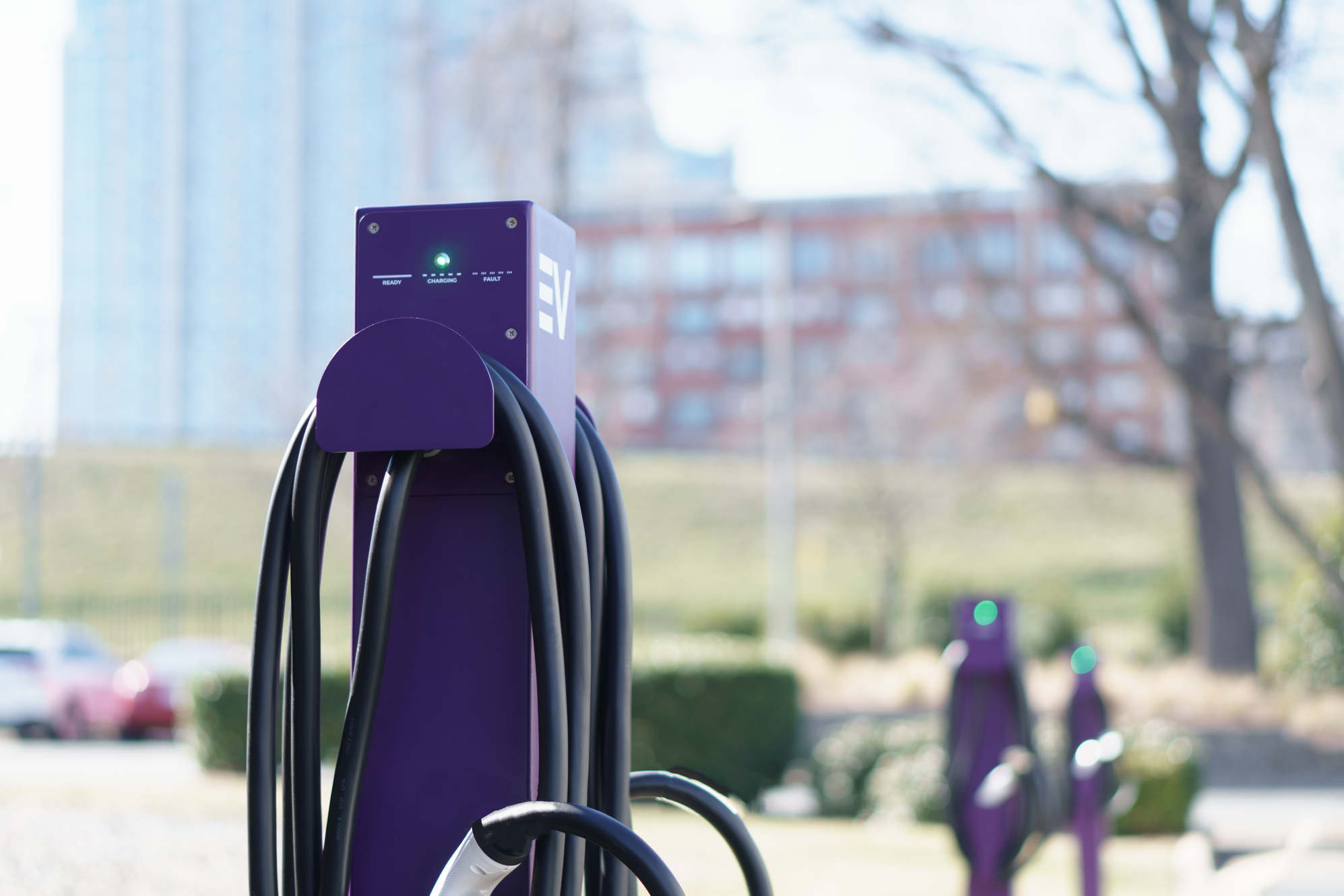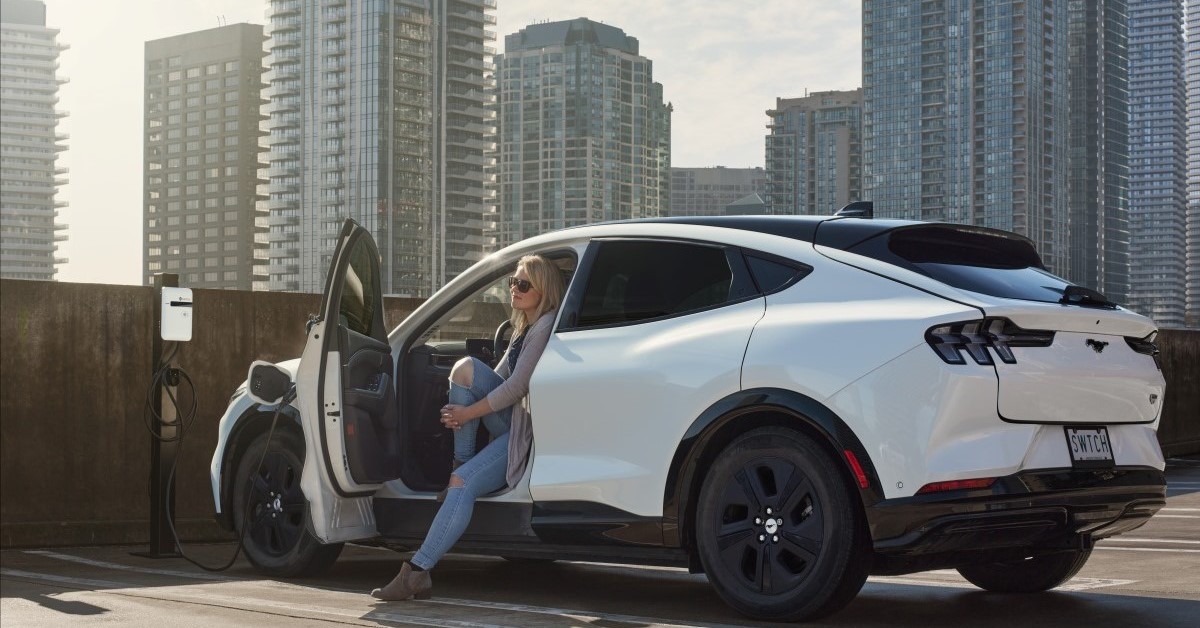KerrySkates
Member
HOA’s - where there is one building sharing resources - need to get ahead of the curve here. Wake up and realize this is going to become a problem if you don’t have a plan in place for existing and new residents. EVs are going to continue to become more common.
Why hasn’t the HOA considered EV charging by now and why isn’t there verbiage about what to do as a renter? Have you updated agreements?
This doesn’t mean the renter was morally or ethically correct in their actions. They, too, should have engaged the HOA in regards to how they would charge their vehicle before installing anything.
Idk what any of it means from a legal standpoint, but my guess is that if the HOA didn’t cover that scenario before, then you can only change things going forward and the renter doesn’t owe back pay.
The renter should pay. I would follow the law and move to protect the HOA in the future.
Why hasn’t the HOA considered EV charging by now and why isn’t there verbiage about what to do as a renter? Have you updated agreements?
This doesn’t mean the renter was morally or ethically correct in their actions. They, too, should have engaged the HOA in regards to how they would charge their vehicle before installing anything.
Idk what any of it means from a legal standpoint, but my guess is that if the HOA didn’t cover that scenario before, then you can only change things going forward and the renter doesn’t owe back pay.
The renter should pay. I would follow the law and move to protect the HOA in the future.










